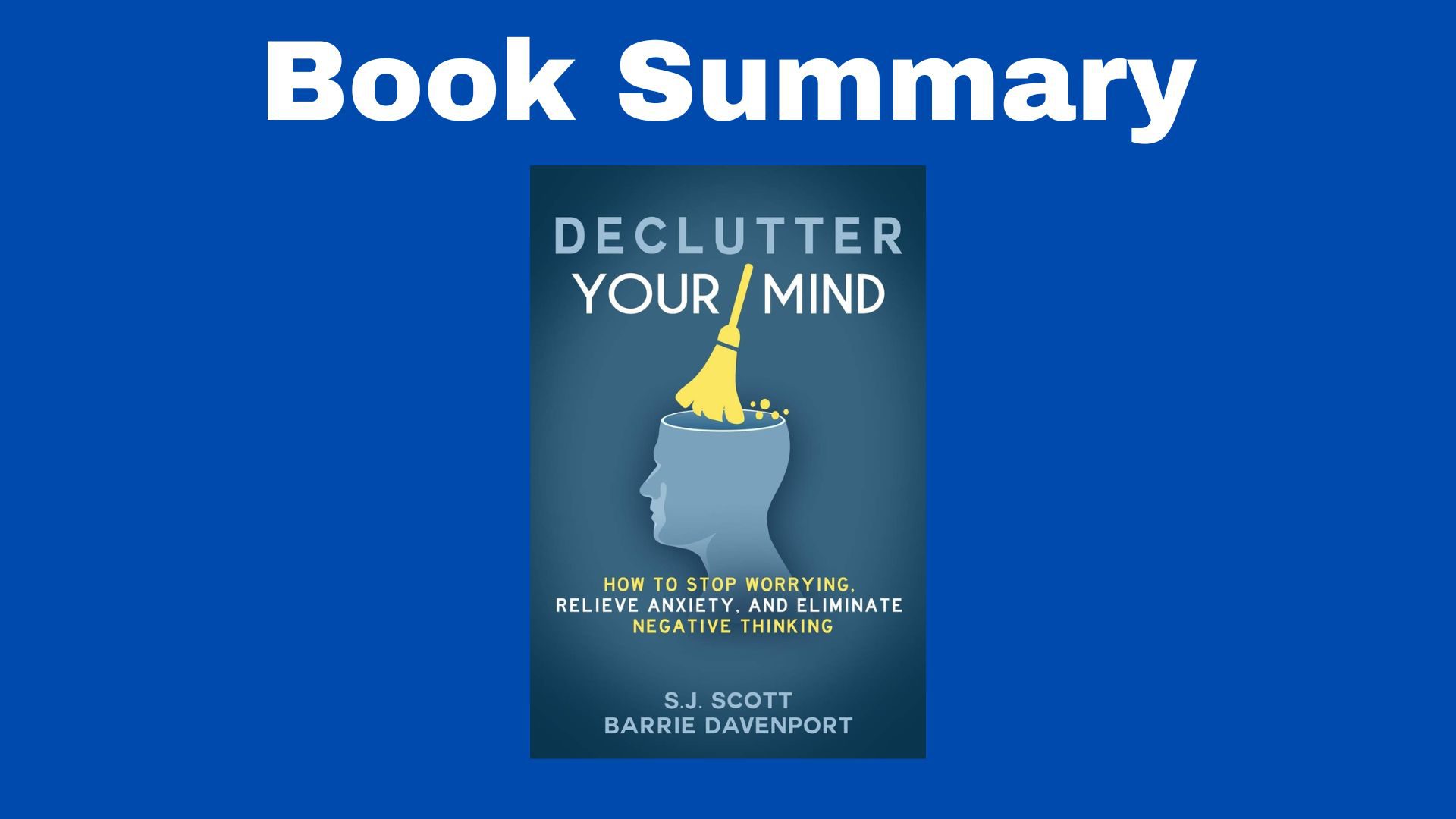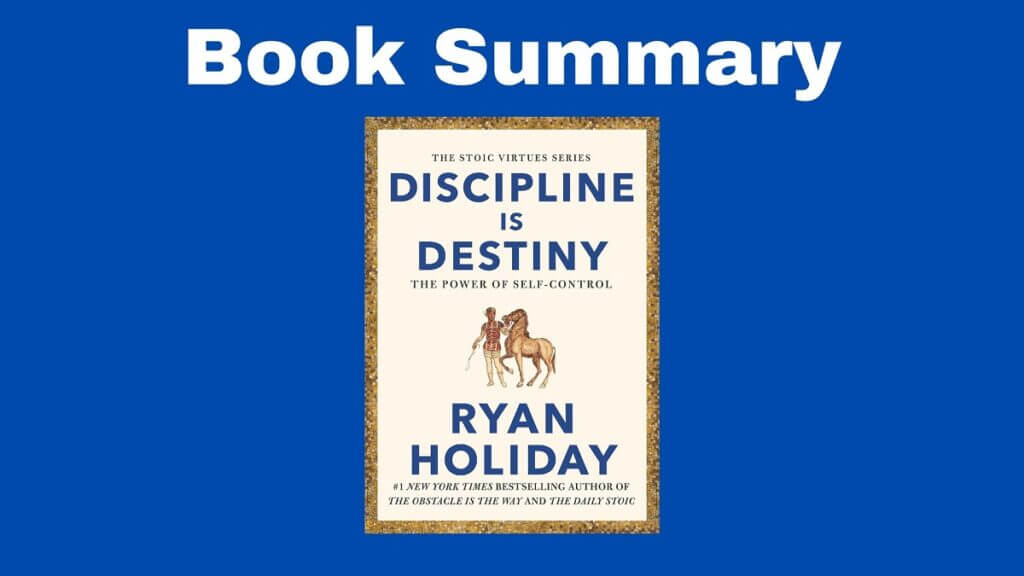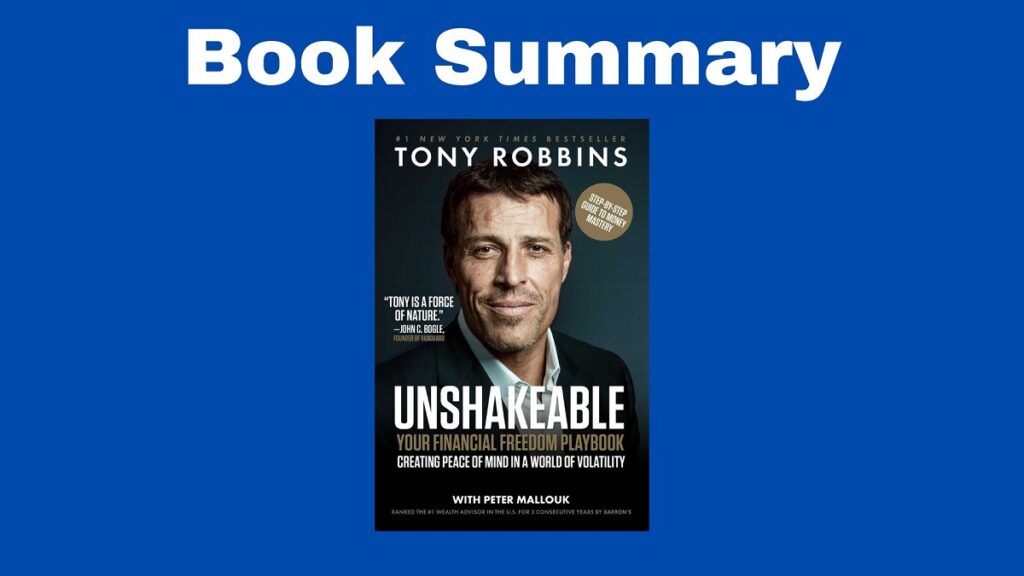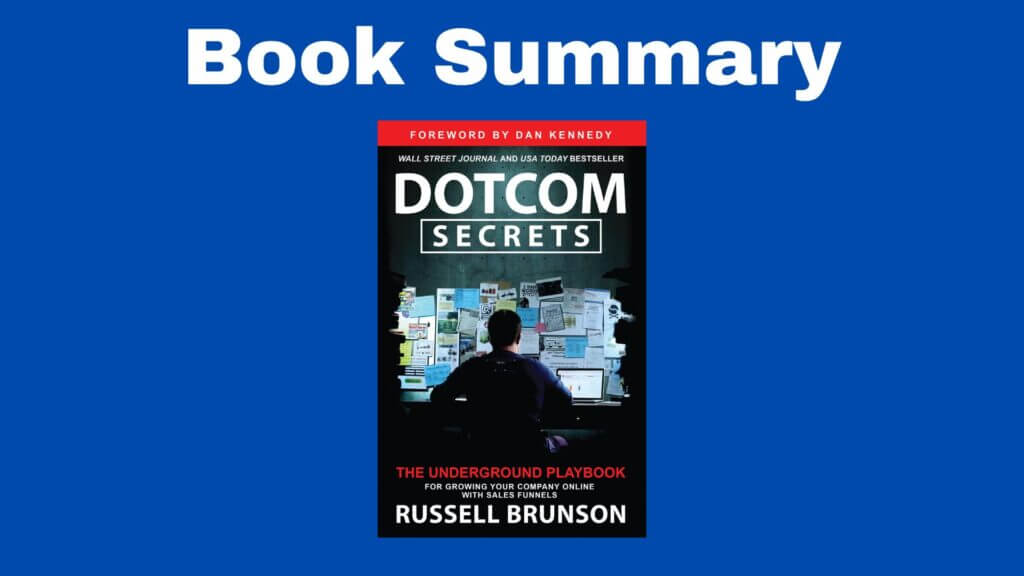The Book in Three Sentences
Declutter Your Mind is a practical guide to overcoming anxiety, negative thinking, and overwhelm. This book teaches you the habits, actions, and mindsets to get rid of mental clutter. The solutions, the authors propose, involve mindfulness techniques.
Declutter Your Mind Summary
Introduction
Having an inner monologue is natural, but when your thoughts are negative, you feel overwhelmed, stressed, anxious, and worried. Whether good, bad, or neutral, thoughts become the background noise to our life if we let them. Thoughts are our brain’s way to interpret experiences and they form our perception of reality. We can control thoughts, but usually, it feels the other way around. The problem starts when you project into the future or look into the past, ignoring the present moment. Although our thoughts seem uncontrollable, they’re a habit and we can use our “conscious self” to manage our thoughts.
The book teaches us habits, actions, and mindsets to clean up the mental clutter that makes us unfocused. This book is for people who feel trapped, anxious, unfocused, frustrated, confused, stressed, depressed, and empty due to mental fatigue. Declutter Your Mind is for those who desire to have a simple and calm mental life.
Part I: Decluttering Your Thoughts
The four causes of mental clutter:
- Cause #1: Daily Stress. This is caused by information overload, physical clutter, and endless choices and it leads to anxiety, panic attacks, depression, sleep problems, muscle pain, headaches, and chest pain.
- Cause #2: The Paradox of Choice. Having more choices leads to anxiety paralysis. Having more options doesn’t make you happy but quite the contrary.
- Cause #3: Too Much “Stuff”. Having too many possessions or access to infinite information makes us feel helpless and unproductive and it gives the impression that everything is important and urgent.
- Cause #4: The Negativity Bias. The negativity bias is our inclination to react to negative stimuli rather than positive stimuli. We are more likely to overthink and worry, but there’s an alternative: mindfulness.
Four Habits to Declutter Your Thoughts
Mental Declutter Habit #1: Focused Deep Breathing. Being more aware of your breathing brings calm. The authors recommend building a deep breathing habit which leads to a series of psychological changes called a “relaxation response”. Ideally, you should create a five- to ten-minute breathing habit before meditating.
Mental Declutter Habit #2: Meditation. The idea behind meditating is to sit quietly while focusing on your breath and observing your thoughts without engaging with them. There are countless benefits to meditating, such as increased productivity and focus, and less stress and anxiety.
Here’s a guide to meditation:
- Choose a quiet space
- Meditate daily at a specific time
- Sit on a pillow on the floor or in a chair
- Remove distractions
- Set a timer for ten minutes
- Sit comfortably with your spine straight and your hands resting on your lap
- Close your eyes and take deep breaths through your nose
- Focus on your breathing
- Focus on the words “in” when you inhale and “out” when you exhale
- When your mind wanders, gently bring it back to your breathing
- Notice sensations, such as sounds and emotions
For guided meditations use Buddhify, Omvana, and Headspace.
Mental Declutter Habit #3: Reframe ALL Negative Thoughts. Build the reframing habit, this involves noticing your thought patterns and stopping them before they run out of control. Here are six strategies to do so:
- Strategy #1: Be a Watcher. Become aware of your thoughts and observe your mind as someone impartial.
- Strategy #2: Name That Thought. Accept/recognize that thoughts are just that and not your reality.
- Strategy #3: Just Say No. Say something like “stop” out loud or visualize yourself getting rid of your thoughts.
- Strategy #4: Try the Rubber Band Trick. Wear a rubber band on your wrist and when you’re having negative thoughts switch it to the other wrist and gently pop it.
- Strategy #5: Know Your Trigger. Pay attention to your triggers (people, situations, physical state, environments, and so on).
- Strategy #6: Distract Yourself. Use a distraction so that there’s no room for negativity.
Mental Declutter #4: Teach Your Old Mind New Tricks. To develop constructive thinking:
- Challenge the negative thoughts and replace them
- Practice acceptance
- Take mindful action. This is doing something positive that distracts you from bad thoughts, such as defining your goals, values, or priorities
- Set a worry timer. Set a timer for ten to fifteen minutes and let yourself worry
Part II: Decluttering Your Life Obligations
Figuring out what’s essential is incredibly difficult. But to feel less overwhelmed, you have to define your core values. These are important because they determine your decisions.
Strategy #1: Identify your core values. To define your values:
- Go through a list of value words and write down the ones that feel important for you personally.
- Do step one again but write down the values that feel important for your career
- Pick the top five or six values from both lists. Once becomes your “life values” list and the other becomes your “work” values list.
- For each value, list the way in which you’re aligned with it
- Figure out a way to fic out-of-alignment situations.
- Write down small, manageable actions that can help you carry your values.
Strategy #2: Clarify Your Life Priorities. Determine how you want to spend your time, energy, and money. When you have a bigger “why” that works as a compass, it gives you rules and priorities. There are seven main life areas where you can prioritize:
- Career
- Family
- Marriage
- Spiritual and self-improvement
- Leisure and social
- Life management
- Health and fitness
As a general rule, always start with the area that will have the most impact.
Strategy #3a: Focus on Mindful Goal Setting. Planning for the future is valuable, but you still have to design a life where you’re happy now.
Strategy #3b: Create Quarterly S.M.A.R.T. Goals. This implies creating S.M.A.R.T. goals every three months. S.M.A.R.T. is an acronym created by George Doran and it stands for specific, measurable, attainable, relevant, and time-bound.
- Specific: your goals should answer six WH questions: who, what, where, when, which, and why.
- Measurable: this involves using something to measure your goals. They answer how, how much, how many, or how fast.
- Attainable: this is doing something we see as a possibility.
- Relevant: this involves something you desire and something that’s important to you personally or professionally.
- Time Bound: this means your goals should have deadlines.
Step #1: Identify What’s Important to You. Focus on three and no more than four areas.
Step #2: Focus on Three-Month Goals. Lengthy goals can be demotivating, so try to achieve your goal in the next three months.
Step #3: Use a Weekly review. A review session involves a three-step process.
- Answer three questions: what are my personal obligations? What are my priority projects? How much time do I have?
- Schedule project tasks
- Process captured ideas
Step #4: Take Action on Your Goals. To take action you should do the following actions:
- Turn your goal into a project
- Schedule time to work on goals
- Turn goals into priority tasks
- Schedule time for single actions
Step #5: Review Your Goals. Review goals at least two to three times per day. Consistency is important.
Step #6: Evaluate Your Quarterly Goals. Examine the “why” behind each goal to see if you should still pursue it.
Strategy #4: Connect Goals to Your Passions. Living your passion means being excited to get up, doing work that feels authentic, and attracting people. Ideally, work should make you feel self-confident, you have a sense of meaning, and your life is better.
To find your passion:
- Step 1: Write a vision. Be specific with what you want
- Step 2: Revisit your current life. How does your current life match with the life you want?
- Step 3: Investigate yourself. Learn everything you can about your personality type.
- Step 4: Start reading. Read everything you can about your interests and passions
- Step 5: Narrow your search
- Step 6: Find a mentor
- Step 7: Brainstorm and write
- Step 8: Take the first action
- Step 9: Decide on a test drive
- Step 10: Consider other people
- Step 11: Save money
- Step 12: Plan your income
- Step 13: Deal with your current job
- Step 14: Stay motivated with action. When in doubt, do something
Part III: Decluttering Your Relationships
The Negative Impact of Bad Relationships
Relationship problems cause unhappiness. People can frustrate you, irritate you, or anger you. Yet relationships are a fundamental part of life and one of the key components of long-term happiness. Most of your interactions with others shouldn’t leave you drained. If they do, you should find ways to either improve relationships or remove certain people from your life. Having relationships is not the key. Having high-quality relationships is. These involve communication, healthy conflict resolution, mutual respect, shared interests, emotional or intellectual intimacy, and acceptance. When you encounter problems, never expect the other person to change. The best place to start is with yourself.
There are four ways to improve relationships:
Relationship Strategy #1: Be More Present. To do this, practice emphatic listening, mindful speaking, loving-kindness meditation, and end the comparison to others. To do this practice radical self-acceptance, change what you can, and express gratitude constantly.
Relationship Strategy #2: Getting Unstuck from the Past. Replaying the past makes you identify with it. To clear the clutter of negative thoughts, do something to resolve the situation, challenge your story, or simply forgive.
Relationship Strategy #3: Mindfulness with Your Partner. Your relationship with your partner is special in the sense that it can teach you to be present and compassionate. But love relationships are the most challenging. Practicing mindfulness can make a difference. You can strengthen your intimate connection, and reduce stress, and angst. To do this commit to practicing mindfulness on a daily basis, communicate that commitment, be emotionally present, listen without defensiveness, reflect back to your partner, practice authentic communication, find lessons within a conflict, and spend quality time without distraction.
Relationship Strategy #4: Let Go of Certain People. You should let go of people who bring you suffering or emotional problems. Letting go is painful, but worth it in the long run. To remove yourself from an unhappy relationship:
- Consider the positive aspects of your life without the person
- Consider the consequences of ending the relationship
- Communicate your intentions
- Come up with a plan for a negative reaction
- Accept that it’ll be a long process
- Grieve if you have to
Part IV: Decluttering Your Surroundings
The Value of Decluttering Your Surroundings
The place where you spend time “determines the quality of your life”. Plan how you spend your time beforehand and don’t react to your surroundings.
Simplify Your Home
A cluttered environment negatively impacts your ability to focus. Decluttering your house is a ten-step process:
- Set up a staging area. This is the place where you store all the things you get rid of.
- Get boxes
- Have a timer, notebook, and pen. Work ten minutes at a time. Use the notebook and pen to write down storage ideas, a list of items you’ll donate, or the items you’ll sell.
- Set up a schedule
- Start where you spend the most time
- Determine a system. Consider going from top to bottom, and from left to right.
- Avoid indecision
- Work quickly
- Tell your family
- Enjoy the process
Simplify Your Digital Life
As a way to cut down on the mindless use of technology, you can read, exercise, spend quality time with your family, do something creative, learn a new skill, meditate, or listen to music.
Simplify Your Activities
Most people fill their to-do lists to enjoy their free time, which by the way, never arrives. Don’t try to make every moment count. Not everything in life is urgent. You don’t have to run around mindlessly, doing tasks to feel productive and worthy. Doing things all the time overwhelms you.
Here are a few strategies to declutter your schedule:
- Strategy #1: Prioritize your daily priorities
- Strategy #2: Purge your commitments
- Strategy #3: Focus on three important daily goals
- Strategy #4: Build in sacred time
- Strategy #5: Re-examine your children’s schedule
- Strategy #6: Leave work on time
- Strategy #7: Take a digital sabbatical
- Strategy #8: Harness the power of flow and focus. Find flow by doing challenging things, developing your skills, setting clear goals, focusing on one task at a time, and giving yourself at least fifteen minutes.
Simplify Your Distractions
When you postpone something, you can’t relax because you know you have to do it which leaves us with many distractions. To overcome procrastination:
- Plan ahead
- Define your “why”
- Break it down (divide big tasks into smaller sub-tasks)
- Determine your schedule
- Prepare what you need
- Repeat the process
- Remove distractions
- Begin with mindfulness
- Set a timer
- Schedule long breaks
- Reward yourself
- Schedule mindless tasks
Simplify Your Actions
Be present regardless of what you’re doing. Focus on one activity at a time. These are five ways to bring mindfulness to your life:
- Eat meals mindfully
- Clean your house mindfully
- Walk mindfully
- Experience nature mindfully
- Exercise mindfully
Conclusion
Some of the useful techniques mentioned in this book to declutter your mind include:
- Focused breathing and mindful meditation
- Interrupt, reframe, and challenge thoughts
- Identify your core values
- Clarify life priorities
- Set goals
- Seek out and live passion
- Being present and mindful in relationships
- Keeping your physical and digital places cleaned and organized
- Carry out “flow” activities
- Tackle procrastination
- Apply mindfulness to daily activities




